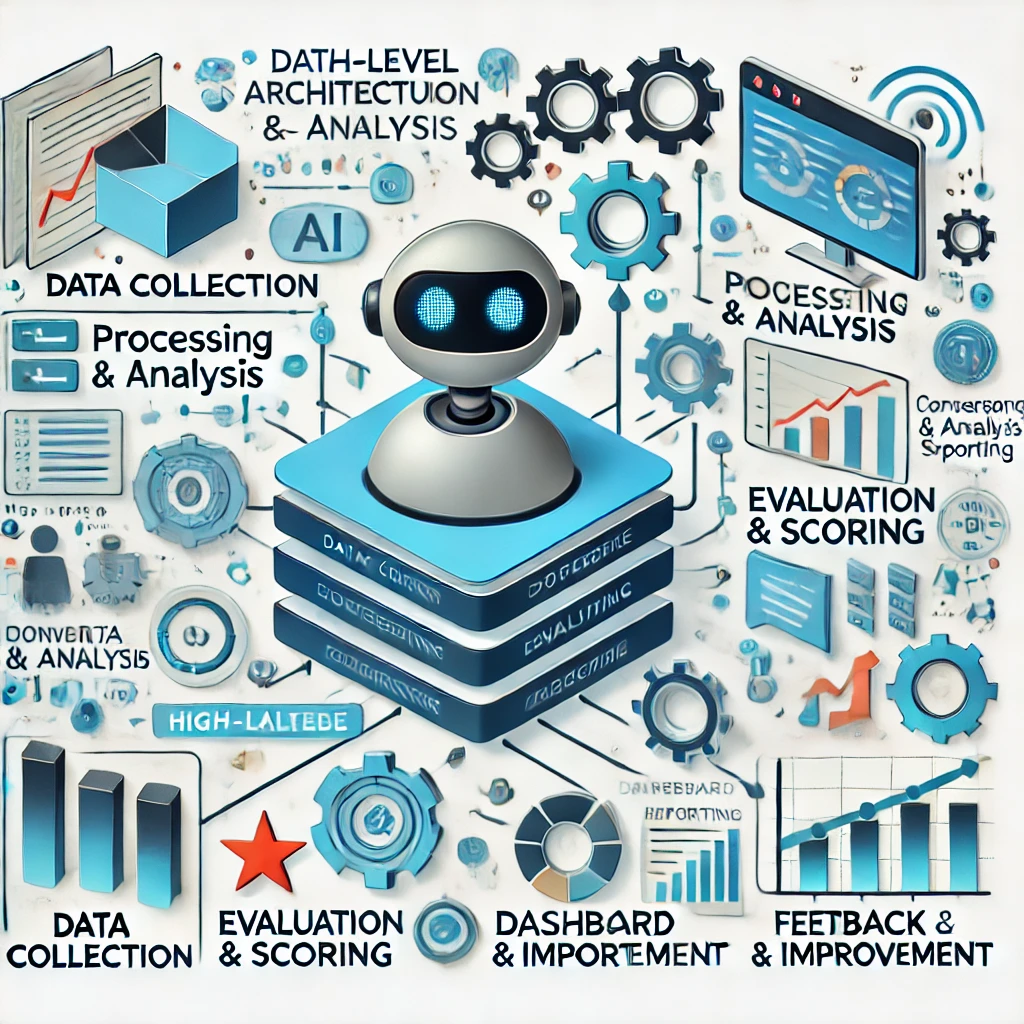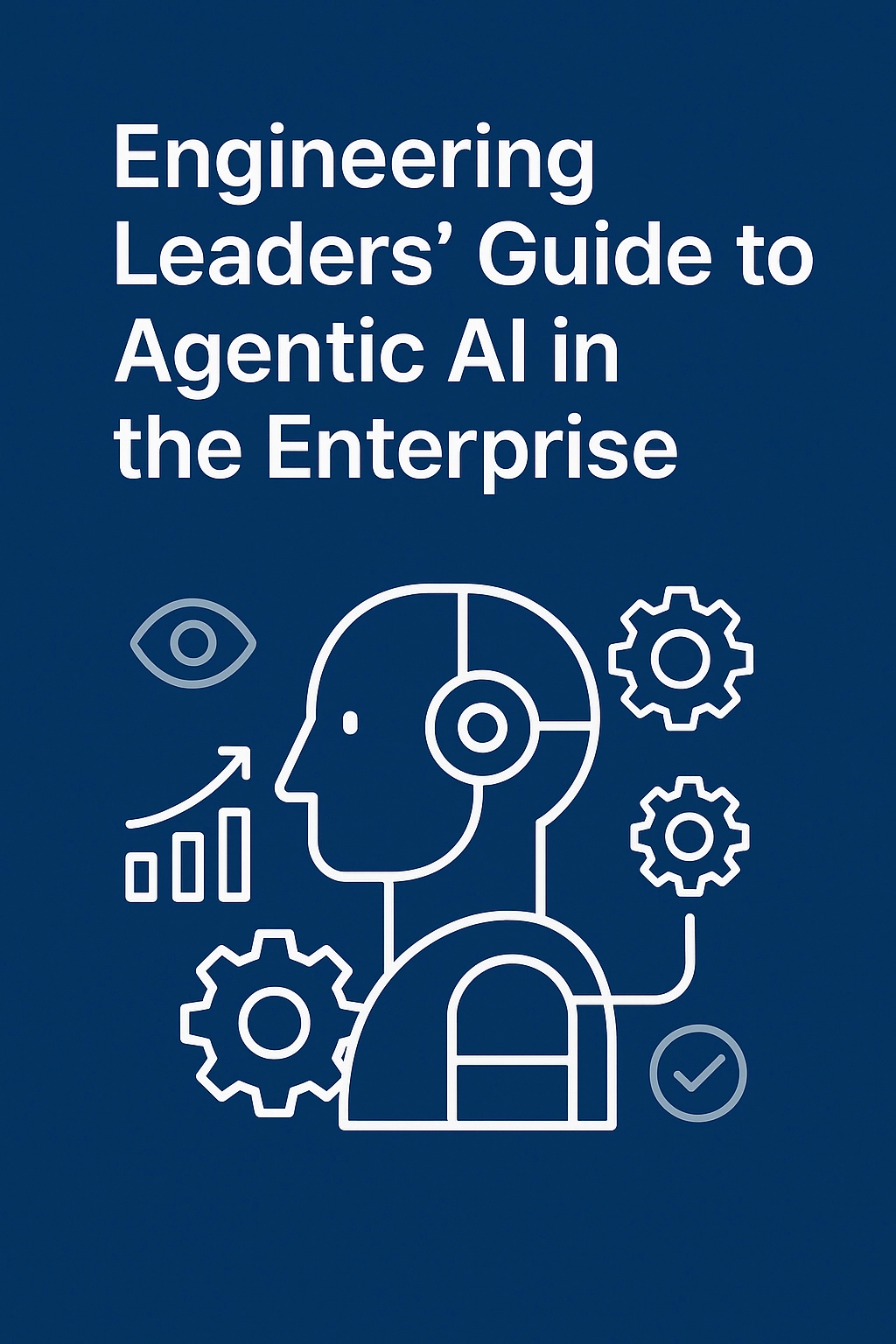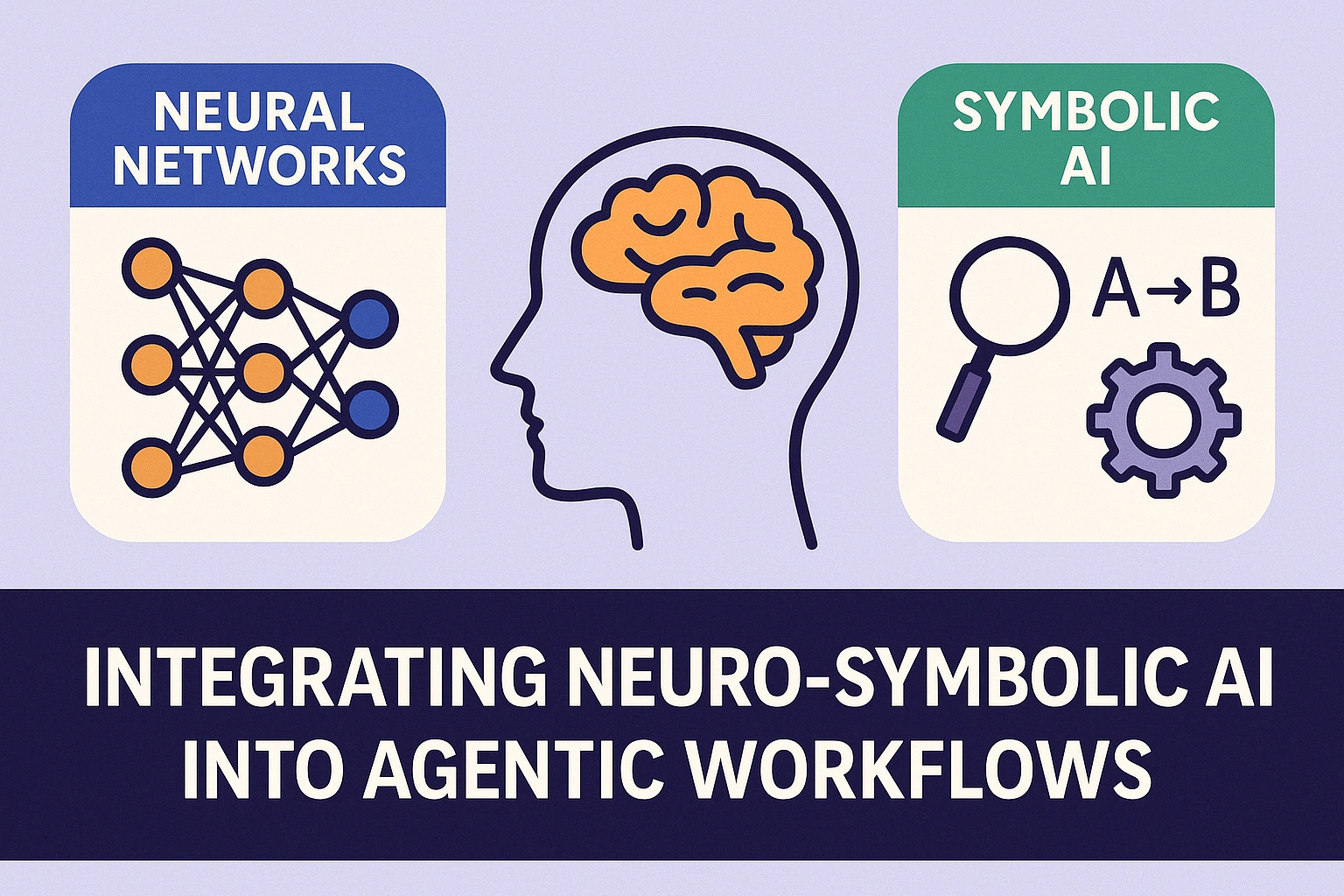Continuing from the framework to high level implementation here
The following high-level design outlines the architecture and components needed to implement the Conversational AI Evaluation Framework, focusing on four key metrics: Dialogue Management Effectiveness (DME), Contextual Memory Coherence (CMC), Conversational Planning Ability (CPA), and Component Synergy (CS).
1. System Architecture Overview
Data Collection Layer
Components:
Interaction Logger: Captures all user and AI interactions in real-time, including user inputs, AI responses, and metadata.
Performance Tracker: Logs system performance metrics such as response time, memory usage, and API call success rates.
Purpose: To gather raw data necessary for evaluating various metrics.
Processing and Analysis Layer
Components:
Metric Calculators:
DME Calculator: Evaluates intent recognition, response appropriateness, and conversation flow.
CMC Calculator: Measures context retention, anaphora resolution, and memory recall efficiency.
CPA Calculator: Assesses goal alignment, adaptability, and execution success.
CS Calculator: Analyzes the efficiency of component interactions and integration.
Automated Analysis Engine: Processes raw interaction data using predefined algorithms to compute evaluation metrics.
Evaluation and Scoring Layer
Components:
Metric Scoring Module: Assigns scores to each metric based on the data processed by the calculators.
LLM-Assisted Evaluator: Uses pre-trained Large Language Models to provide qualitative assessments for complex scenarios where automated metrics are insufficient.
Hybrid Score Aggregator: Combines automated and LLM-derived scores into a final evaluation score for each metric.
Dashboard and Reporting Layer
Components:
Real-time Dashboard: Visualizes evaluation metrics and trends over time, allowing stakeholders to monitor system performance.
Report Generator: Produces detailed reports summarizing key findings, strengths, and areas for improvement.
Feedback and Improvement Layer
Components:
Feedback Loop Manager: Collects user and stakeholder feedback and integrates it into the evaluation process.
Continuous Improvement Module: Uses evaluation results to suggest specific areas for model retraining, component optimization, and workflow adjustments.
2. Component Details
2.1 Data Collection Layer
Interaction Logger:
Captures every interaction between users and the conversational agent.
Logs user inputs, AI responses, timestamps, and any relevant metadata.
Performance Tracker:
Monitors real-time system performance, including response latency and API utilization.
Tracks memory usage, server load, and other operational metrics.
2.2 Processing and Analysis Layer
DME Calculator:
Uses Natural Language Processing (NLP) techniques to evaluate intent recognition and response quality.
Compares user intents to predefined benchmarks for accuracy.
CMC Calculator:
Employs context tracking algorithms to evaluate the AI’s ability to retain and utilize conversation history.
Uses latency measures to assess memory retrieval speed.
CPA Calculator:
Breaks down user goals into sub-tasks and checks AI’s alignment and adaptability.
Tracks error rates in executing planned actions.
CS Calculator:
Analyzes logs for efficient data flow between components.
Detects and logs any conflicts or inconsistencies in component interactions.
2.3 Evaluation and Scoring Layer
Metric Scoring Module:
Uses predefined formulas to compute scores for each metric.
Assigns weights to different sub-metrics based on their importance.
LLM-Assisted Evaluator:
Uses prompts and predefined criteria to get qualitative assessments from LLMs.
Combines multiple LLM evaluations to ensure reliability.
Hybrid Score Aggregator:
Blends automated and LLM scores using weighted formulas.
Adjusts weights dynamically based on evaluation context and use case.
2.4 Dashboard and Reporting Layer
Real-time Dashboard:
Displays scores, trends, and anomalies in real-time.
Provides filters and drill-down capabilities to analyze specific aspects of performance.
Report Generator:
Summarizes findings in a structured format.
Provides actionable insights and recommendations based on evaluation results.
2.5 Feedback and Improvement Layer
Feedback Loop Manager:
Collects user feedback and evaluation results to identify problem areas.
Facilitates collaboration between AI developers and evaluators.
Continuous Improvement Module:
Suggests model retraining or system adjustments based on evaluation results.
Uses machine learning to adapt and refine the evaluation process over time.
3. Implementation Steps
Setup and Configuration:
Define evaluation criteria and metrics specific to the use case.
Configure logging and data collection for interaction and performance tracking.
Data Integration and Processing:
Implement data pipelines to integrate and preprocess collected data.
Develop metric calculators and scoring modules for automated evaluation.
LLM Integration:
Develop prompt templates for qualitative assessments.
Implement LLM interfaces and configure evaluation criteria for LLMs.
Dashboard and Reporting:
Design and implement real-time dashboards.
Develop report templates and automate report generation.
Feedback Loop Setup:
Establish channels for collecting feedback from users and stakeholders.
Implement continuous improvement workflows based on evaluation results.
Testing and Iteration:
Test each component of the framework to ensure accurate data collection and evaluation.
Iterate and refine components based on testing and feedback.
4. Technology Stack Recommendations
Data Collection:
Logging: Fluentd, ELK Stack (Elasticsearch, Logstash, Kibana)
Storage: Amazon S3, Google Cloud Storage
Processing and Analysis:
Data Processing: Apache Spark, Pandas
Metric Calculation: Python, TensorFlow
Evaluation and Scoring:
LLM Integration: OpenAI GPT, Google BERT
Aggregation: Python, Scikit-Learn
Dashboard and Reporting:
Visualization: Grafana, Power BI, Tableau
Reporting: Jupyter Notebooks, Google Data Studio
Feedback and Improvement:
Feedback Collection: Google Forms, Slack Integrations
Continuous Improvement: Jenkins, GitLab CI/CD





Comments